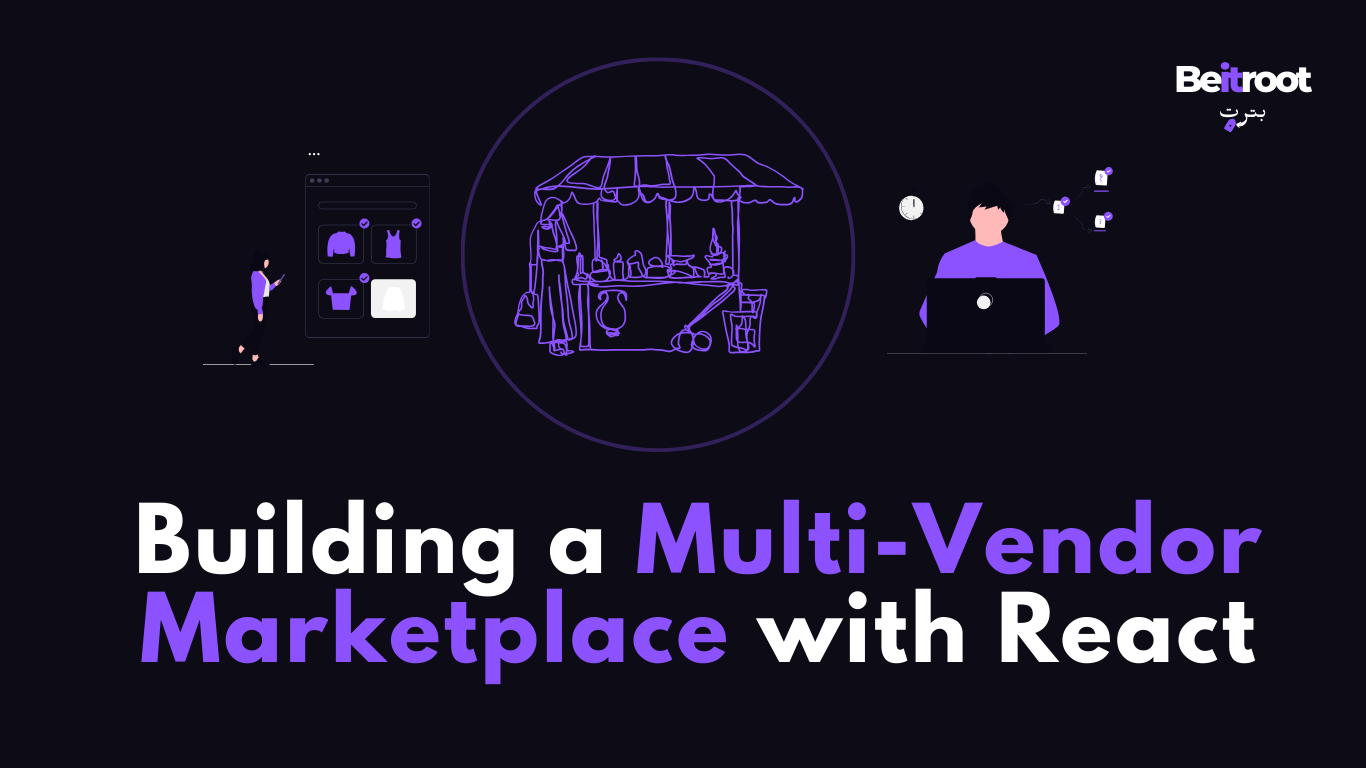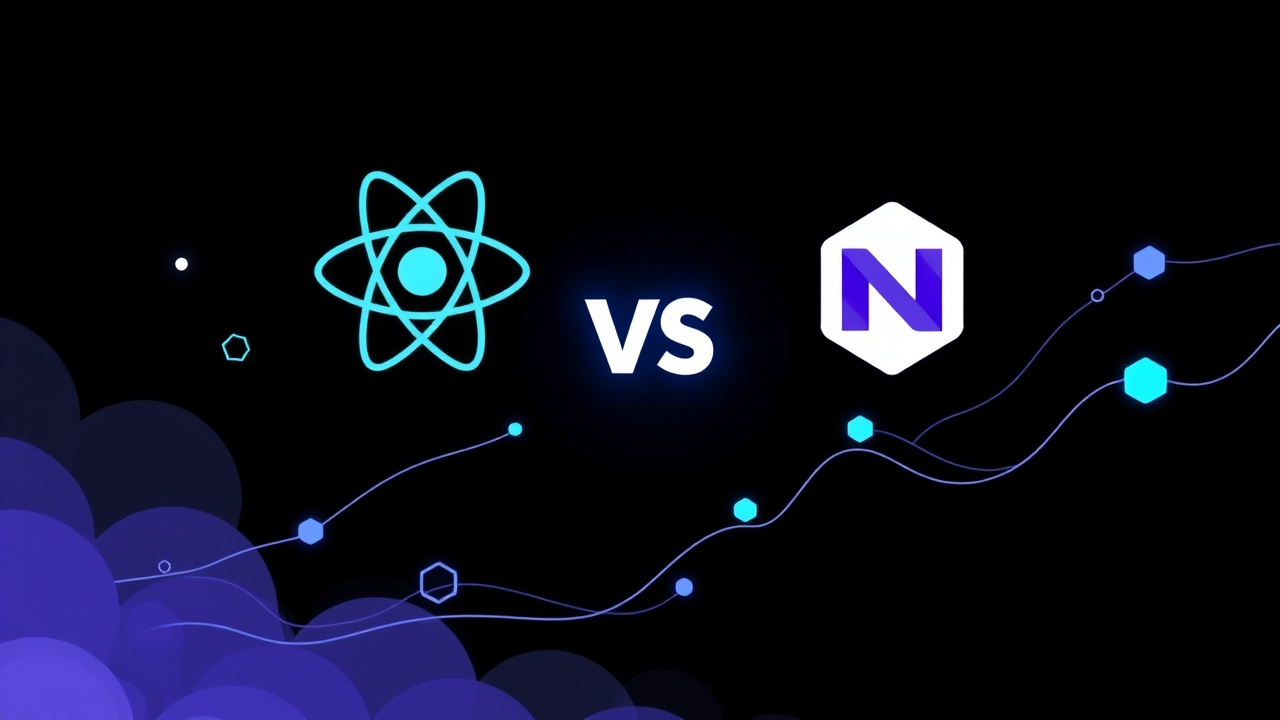
- Editorial-team
- 13 Apr, 2025
- 7 min read
MVP vs Full Product: What Should Startups Choose?
For over two decades, the idea of a minimum viable product or MVP development, has been a strong pillar of software development. A product that “is big enough to cause adoption, satisfaction, and sales, but not so big as to be bloated and risky,” - Defined by its godfather, SyncDev CEO Frank Robinson.
The MVP development concept got into the mainstream after a few years by Eric Ries. In his book, The Lean Startup, which has become the MVP development bible, he described MVP as it is commonly known nowadays
WTF is the MVP?
If you’ve been around the startup world for more than 10 minutes, you’ve probably heard the term MVP thrown around like it’s some kind of magic wand. But what is it, really?
MVP stands for Minimum Viable Product, the most basic version of your product that still delivers value to users. It’s not meant to impress, it’s meant to test and validate the idea. The goal? Get it out fast, validate your idea with real users, and avoid burning time and money on something nobody wants so you can MOVE ON.
Let’s put it this way, imagine you’re building a car. To get it rolling, you need an engine, wheels, and something to steer. You don’t need heated seats, Bluetooth speakers, or an autopilot system on Day 1. That’s what the MVP development is, just enough things to move, test on the road.
Remember: done is better than perfect. MVP gets you in the game.
What is a Full Product?
Alright, so what’s the opposite of an MVP? That would be the Full Product or phase 2, the glorified, polished, fully featured version of your idea. It’s got all the bells, whistles, and shiny stuff you dreamed about during those late-night brainstorming sessions with your team.
A full product usually includes everything your ideal version of the app or platform should have: robust features, refined design, scalable infrastructure, detailed onboarding, maybe even dark mode (because why not, right?).
If the MVP is your scooter, the full product is your custom-built electric SUV with heated seats, surround sound, and 100 integrations, where 90 of them could be useless. But it’s production-ready, scalable, and designed to wow your users out of the box.
But here’s the catch: building a full product takes time, money, and serious commitment. And if you’re not 100% sure your idea has product-market fit yet, going all-in on a full product can be like betting your life savings on a race you haven’t trained for.
Take it this way: a full product costs 100L where MVP could be developed for 10% of that.
TL;DR? A full product is what your MVP can become after you’ve tested, learned, iterated, and know what users want.
MVP vs Full Product: Key Differences
Think of it like this:
If MVP is about getting in the ring, a Full Product is about winning the title.
| Aspect | MVP (Minimum Viable Product) | Full Product |
|---|---|---|
| Purpose | Validate the idea fast | Deliver a complete experience |
| Time to Build | Weeks (sometimes days) | Months (and often longer) |
| Cost | Relatively low | High (dev, design, QA, scaling) |
| Risk | Low – you’re testing waters | High – big upfront investment |
| Features | Only the essentials | Everything from wishlist to roadmap |
| User Feedback | Early and raw | More refined, but harder to pivot |
| Flexibility | Easy to change direction | Changes are more expensive |
The Bottom Line?
An MVP helps you learn fast and fail faster (which is good). A Full Product helps you scale confidently.
Most startups should start small, test smart, and then build big — not the other way around. Launching with a full product too early is like building a mansion on a foundation you haven’t checked yet.
Pros and Cons for Startups
Advantages of MVP Development
- Cost-effective
Build lean, test smart and save the big bucks for when you know what works. - Fast feedback loop
Launch. Learn. Tweak. Repeat. An MVP gets you out of your own head and into real users’ hands fast. - Lower risk
You’re not betting the whole farm. If your idea flops, at least you didn’t build the Taj Mahal of products before realizing no one wanted to visit.
Disadvantages of MVP
- May lack core features
Sometimes MVPs are so “minimal” that they forget to be “viable.” Cut too much, and users might not get the point. - User drop-off risks
First impressions matter. If your MVP looks like it was coded in a garage in 1998, users might bounce before they see the genius behind it.
Pros and Cons of Building a Full Product
- High cost
Full product = full budget. Dev, design, QA, marketing, and probably some late-night pizza. No plan B. - Higher commitment
Once you’re deep in full-product mode, pivoting is like trying to turn a cruise ship in a kiddie pool. - Stronger early impression (if successful)
Nail it, and you look like a pro from day one. Users love polished. Investors love polished. Just make sure it’s not polished… and pointless.
When Should You Choose MVP vs Full Product?
Let’s cut to the chase. The choice between MVP and Full Product isn’t about right or wrong, it’s about timing, risk, and reality checks.
Choose MVP when:
- You’re still validating the idea (aka “is this even something people want?”)
- Budget is tight and time is tighter
- You need to show something real to users or investors
- You’re okay with imperfection if it means learning fast and failing faster
TL;DR: If you’re at the “I have a cool idea, let’s see if anyone cares” stage, MVP is your best friend.
Choose Full Product when:
- You’ve already validated the concept (with MVPs, prototypes, or paying users)
- You have the resources and time to go all-in
- You’re entering a competitive market where first impressions matter
- You’re ready to scale and need a product that’s built to last
TL;DR: If you’re past the “does this work?” phase and into “let’s grow this thing,” go Full Product.
Real-World Examples (MVPs That Blew Up)
Still not convinced MVPs work? Here are some startup legends that started with bare-bones builds — and ended up changing the game.
🚀 Hoppscotch
Built in a weekend, now used by millions.
Hoppscotch started as a side project — a lightning-fast alternative to Postman. No team, no funding, just a developer solving his own pain point. Today? It’s a beloved tool in dev circles worldwide. LinkedIn Post
📟 Wufoo
118k lines of code, 3-person team, $35M exit.
Wufoo (an online form builder) wasn’t fancy. It didn’t have a slick UI or groundbreaking tech. But it solved a real problem — and it did it well. LinkedIn Post
🔌 Zapier
Started as a side project, became a $5B automation empire.
Zapier’s MVP was duct-taped together with basic integrations and manual onboarding. But it worked. That MVP? It scaled into billions. LinkedIn Post
🏠 Airbnb
Started with renting air mattresses in a living room.
The first version of Airbnb wasn’t pretty. They literally rented out airbeds in their apartment to test if people would pay to stay with strangers. The rest is unicorn history. LinkedIn Post
Final Thought
Think of it like dating.
- MVP is the first coffee date — casual, low-risk, and all about figuring out if there’s a connection.
- Full Product? That’s marriage — a serious investment, long-term commitment, and not something you rush into without a few tests first.
Tags


